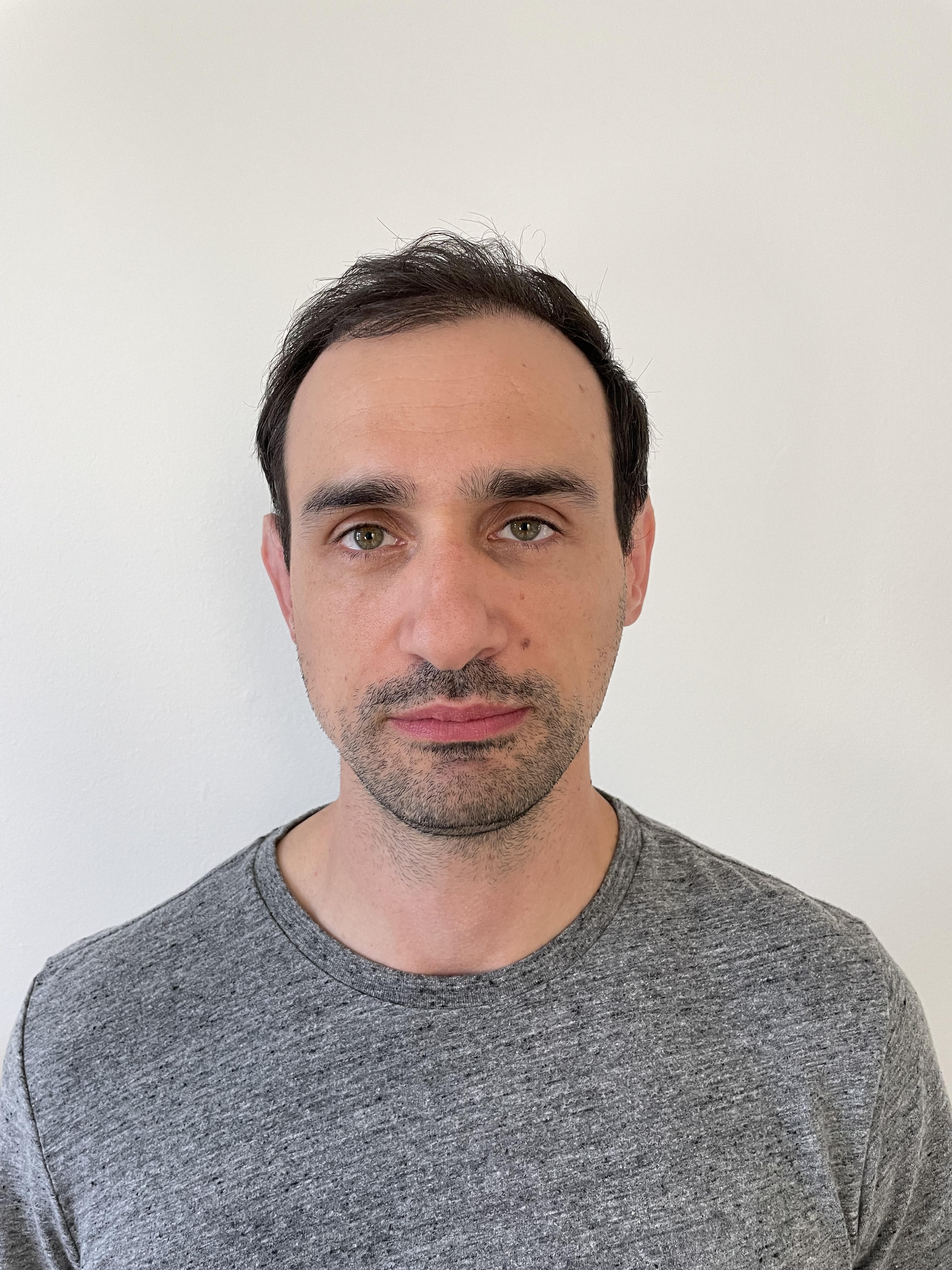Agile development methods can bolster company culture and empower teams to move quickly, with a focus on frequently adding value for customers. Whether you are a program manager, game developer, event planner, or architect, within businesses where change is constant, it’s key to have flexibility, and that’s where agile shines.
While there are a variety of agile frameworks to choose from, the principles of agile development span each of these methods, and are the heart of what it means to be an agile team. In this post we are going to cover the four agile values and some of the ways we use Slack (the Product) at Slack (the Company) to empower teams.
1. Individuals and interactions over processes and tools
For Technical Program Management (TPM) at Slack, a core principle is to place people over process. TPM caters to people and their needs, blending tools, processes, and technology. Leveraging Slack, we often develop unique solutions to best achieve our mission, which is to drive and align technical outcomes.
TPMs leverage Slack integrations to automate tasks and fuel the flow of information between teams. For example, TPM has structured automated processes, such as:
- Roadmapbot, which shares project summaries in channels
- Bugbot, which highlights high severity issues
- Decisionbot, which captures decisions in real time
These lightweight mechanisms raise awareness, increase transparency, and keep us moving.
Another people-centric process is retrospectives. Retrospectives (or retros), are recurring events for teams to reflect on their delivery and identify any future improvements; they are an essential ceremony for all agile shops. Usually, retrospectives are in-person discussions, intended to glean honest insights and evaluate how work is going. As the world has changed, Slack TPMs have embraced a digital-first approach, migrating much of this activity to Slack. We create channels in Slack dedicated to retrospectives, leveraging virtual post-it notes for brainstorms, utilizing video for synch/async discussion, and engaging people through digital polling. By moving this agile motion to Slack, teams have generated a consistent ledger of activity to monitor, solicited full participation from team members, and generated repurposable playbooks for how to work.
2. Working software over comprehensive documentation
At Slack, teams focus on building over documenting. In general, engineering teams want to build working prototypes as quickly as possible, not document their mechanics. For Slack, Slack is a self-documenting product, with much of our discussion happening in channels. We focus on what’s important: bringing value to customers, not tracing every step to get there.
Pairing that principle with a framework, Sprint Demos are a popular agile ceremony to review recently developed work. To demo work quickly and scalably, many teams at Slack structure recurring digital syncs to see the progress and direction of projects. For teams aligning across time zones, regions, and working hours, people post voice and video messages in channels, join huddles to chat, and screen share in realtime, walking everyone through what’s been developed. By capturing progress in Slack (via voice, video, and screen recordings), teammates can react and respond to progress (with some sweet, sweet reactjis) and teams can continue to iterate and execute. Slack enables teams to pivot quickly and avoid wasted effort, saving time and energy in the process.
3. Customer collaboration over contract negotiation
Customers are a driving force for product development; if customers aren’t satisfied, then what’s built isn’t valuable. We partner directly (and frequently) with customers on the products we build, leveraging rapid feedback loops to collaborate.
To jump start the process, we often use Slack Connect, which allows our development teams to directly engage customers, vendors, and partners across companies. To get started, we structure a shared channel between teams, invite people to join, then start talking. This connectedness takes collaboration to the next level, allowing teams to create tighter, real-time feedback loops, which in turn accelerates decision making. We also use Slack Connect Channels to keep our collaborators informed about upcoming features, improving predictability about what and when new features are going to land. Slack Connect Shared Channels enable rapid communication across teams and are a game changing tool for direct collaboration with customers.
4. Responding to change over following a plan
Rapid feedback is what allows Slack (the Company) to quickly pivot and quickly modify Slack (the Product). We believe that the faster a product is delivered to customers, the sooner teams can gather feedback and make improvements. At Slack, TPM drives the planning process, and we have a number of methods that allow us to respond to the changes that are so common in software development.
Planning involves more than just drafting the roadmap and scoping out the work. When it comes to cross-functional initiatives it’s crucial to assess team capacity, and frequently revisit that capacity plan. Slack TPMs partnered with engineering to develop a tool and process that regularly captures team capacity (leveraging automations, of course), and allows us to quickly foresee bottlenecks and adjust engineering allocation accordingly. This continuous planning not only provides leadership with a vantage point on team health, our planning tools also make it easier to balance commitments across teams, regularly.
On a more local level, smaller pivots require a lot of discussion, ideally where the work is happening. A feature we frequently leverage is Slack Huddles, a lightweight, audio-first communication tool. Using Huddles, people quickly slide in and out of conversations, replacing the need for expensive and rigid meetings. TPMs, product managers, engineers, and leaders use Slack Huddles to quickly sync on progress, adjust plans, or unblock each other. Huddles has been a powerful and lightweight tool for accelerating decisions and delivery.
Putting it all together
Ultimately, teams come together in different ways. Every team marches to a different drum beat and we want teams to beat their own drum along the way. Slack TPM plays a crucial part in connecting teams, and as a company, we embrace differences as we forge a path together. Regularly examining the agile practices your teams leverage is a healthy exercise, and a worthwhile investment toward developing a shared culture that people feel connected to.
Also, if you like complex programs and are passionate about delivering products to customers, we’re hiring.
Credits
Thank you to the folks who put time into developing our digital approach to agile processes at Slack: Elizabeth Beddiaf and Brian Riggsbee who helped write this post, consulting contributors, Tatiana Petkova, Scott Nelson Windels, and Alex Shih, and the rest of the TPM and PDE organization for leveraging the approaches above.










